Features From the Issue
-
 (Scala / Art Resource, NY)
(Scala / Art Resource, NY) -
Features
The First Vikings
Two remarkable ships may show that the Viking storm was brewing long before their assault on England and the continent
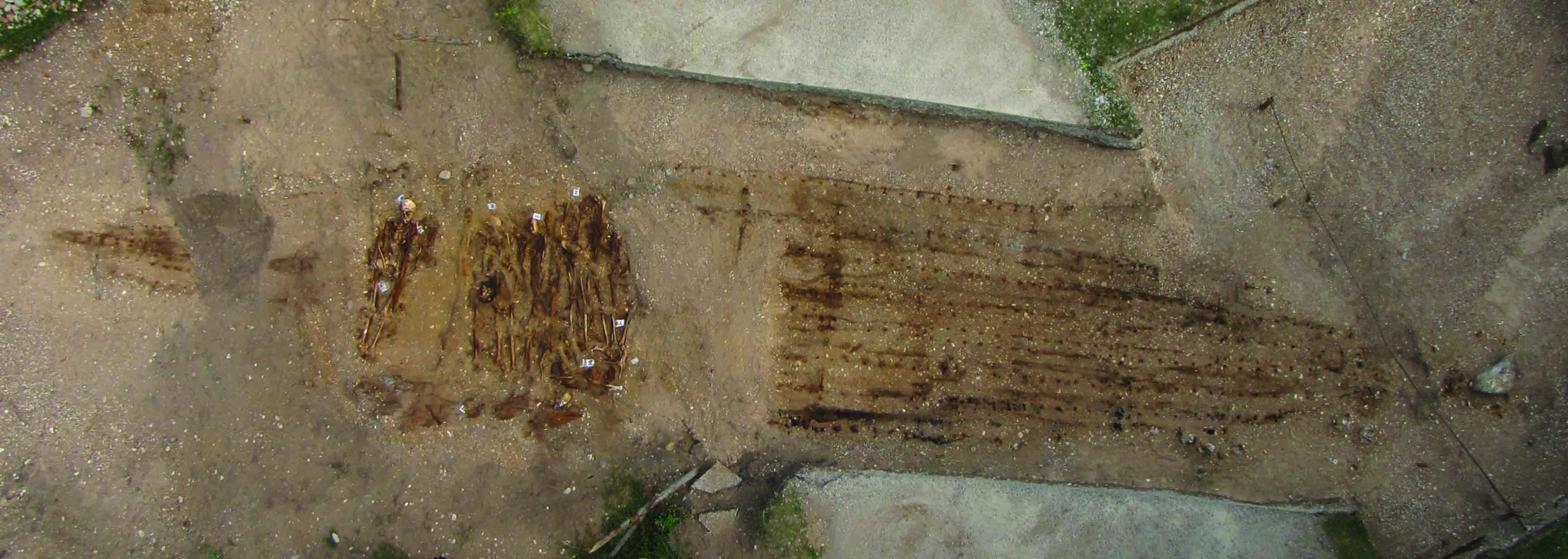 Courtesy Liina Maldre, University of Tallinn
Courtesy Liina Maldre, University of Tallinn -
Features
Miniature Pyramids of Sudan
Archaeologists excavating on the banks of the Nile have uncovered a necropolis where hundreds of small pyramids once stood
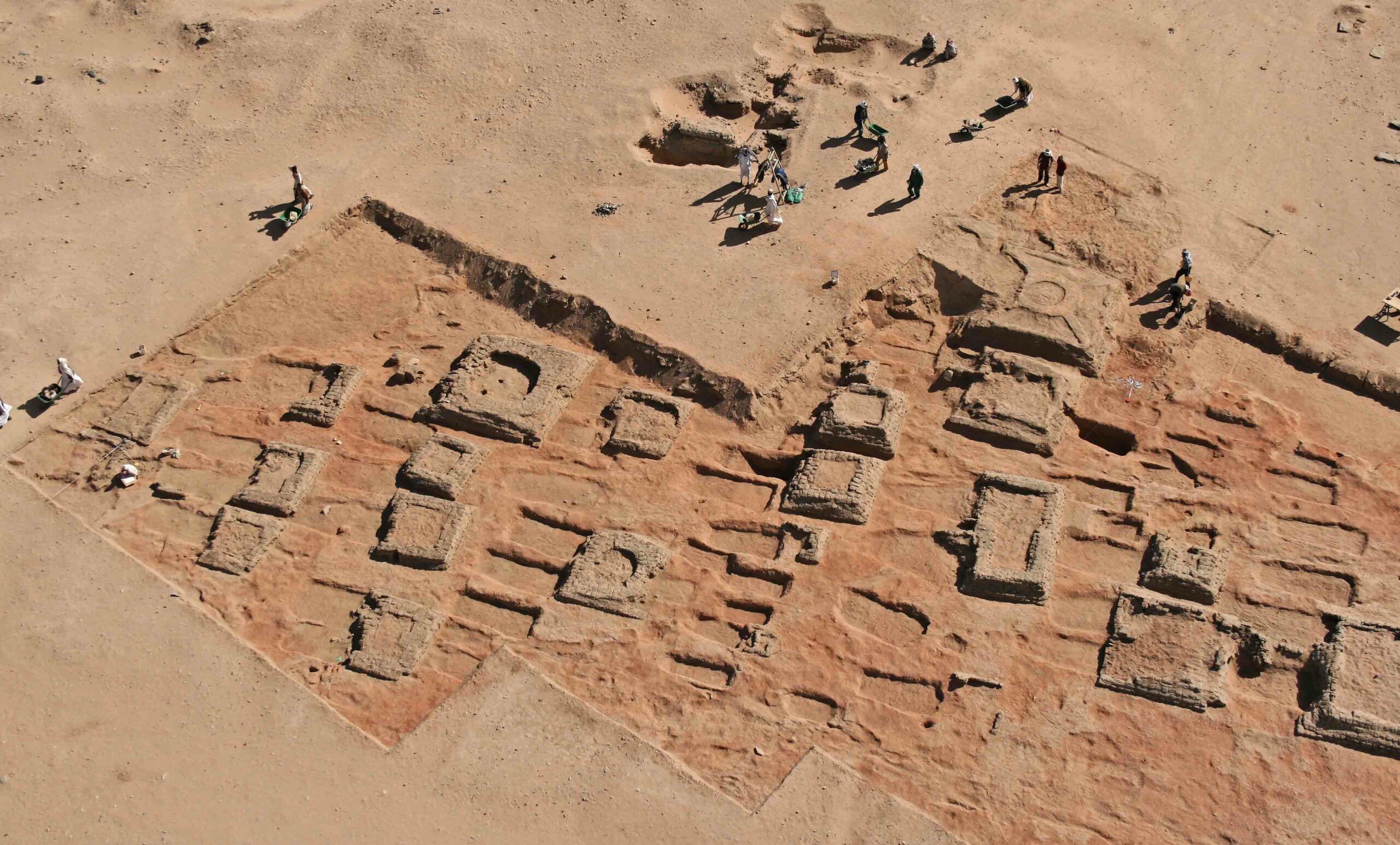 (Courtesy Vincent Francigny/SEDAU)
(Courtesy Vincent Francigny/SEDAU) -
Features
Salt and the City
How a prehistoric saltworks laid the foundations for Europe’s oldest town more than 7,000 years ago
-
Features
Deadly Retreat
A collapsed WW I tunnel in France reveals a frozen moment on the Western Front
-
Features
A Future for Icons of the Past
Masterpieces of Greek pottery come face-to-face with state-of-the-art technology
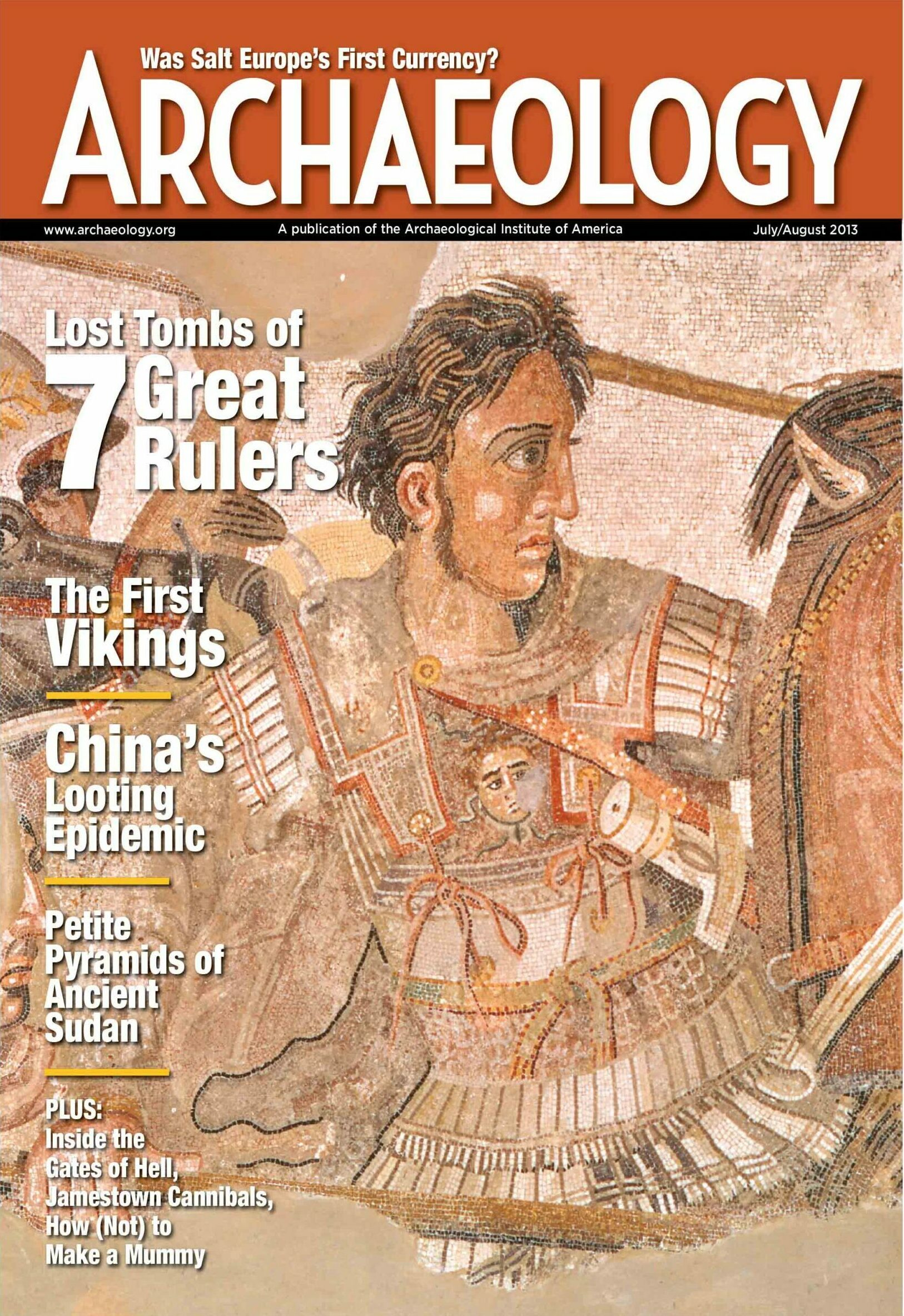
Letter from China
Letter from China
Tomb Raider Chronicles
Looting reaches across the centuries—and modern China’s economic strata
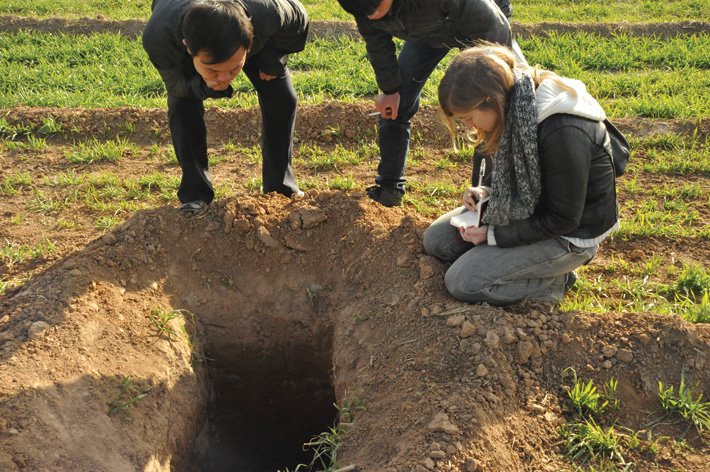
Artifact
Artifacts
Ancient Egyptian Sundial
A 13th-century limestone sundial is one of the earliest timekeeping devices discovered in Egypt
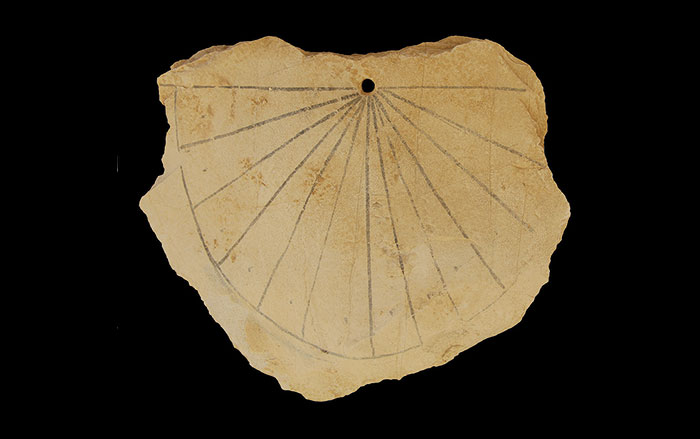
Digs & Discoveries
-
Digs & Discoveries
Not Quite Ancient
 (Photo: Georgia Museum of Art,courtesy of the University of Mississippi Museum)
(Photo: Georgia Museum of Art,courtesy of the University of Mississippi Museum) -
Digs & Discoveries
Chilling Discovery at Jamestown
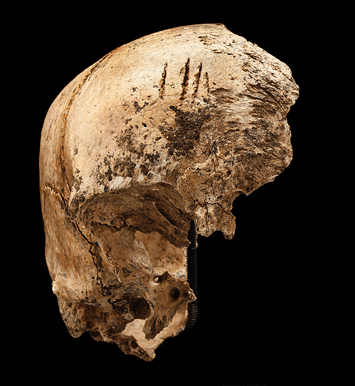 (Photo: Don Hurlbert, Smithsonian)
(Photo: Don Hurlbert, Smithsonian) -
Digs & Discoveries
Origins of the Maya
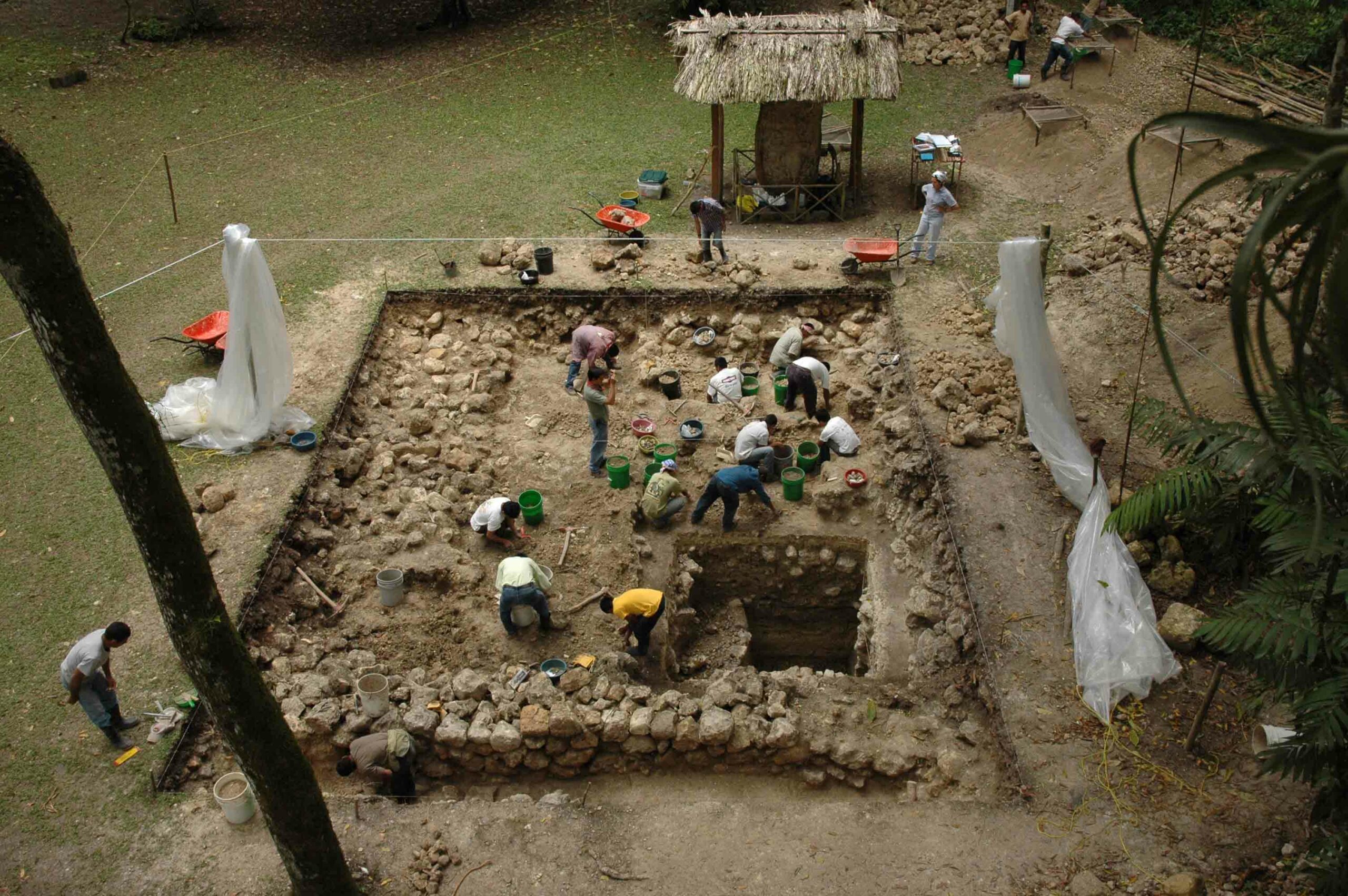 (Courtesy Takeshi Inomata)
(Courtesy Takeshi Inomata) -
Digs & Discoveries
Seeds of Europe's Family Tree
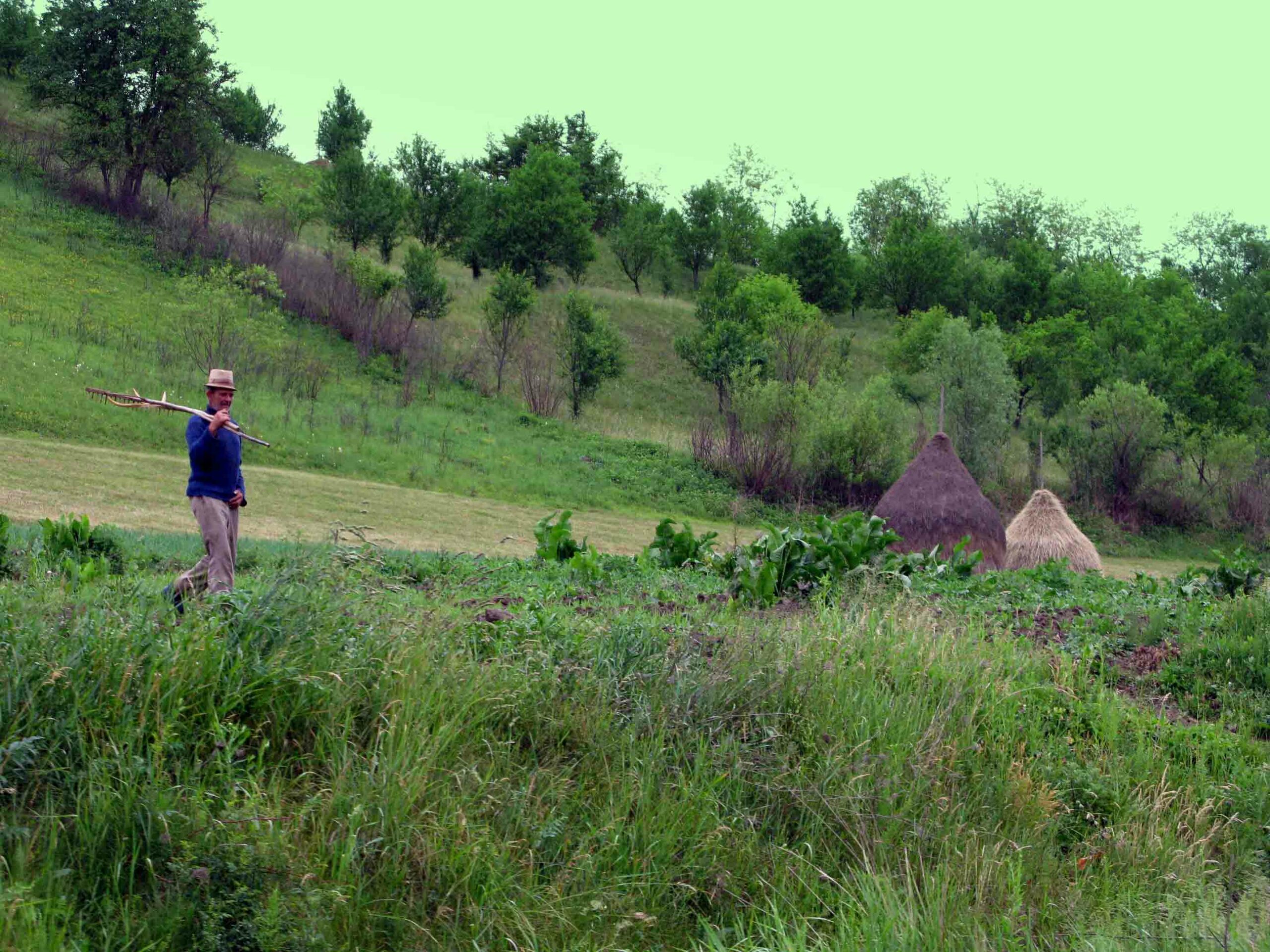 (Wikimedia Commons)
(Wikimedia Commons) -
Digs & Discoveries
France’s Wealthy Warriors
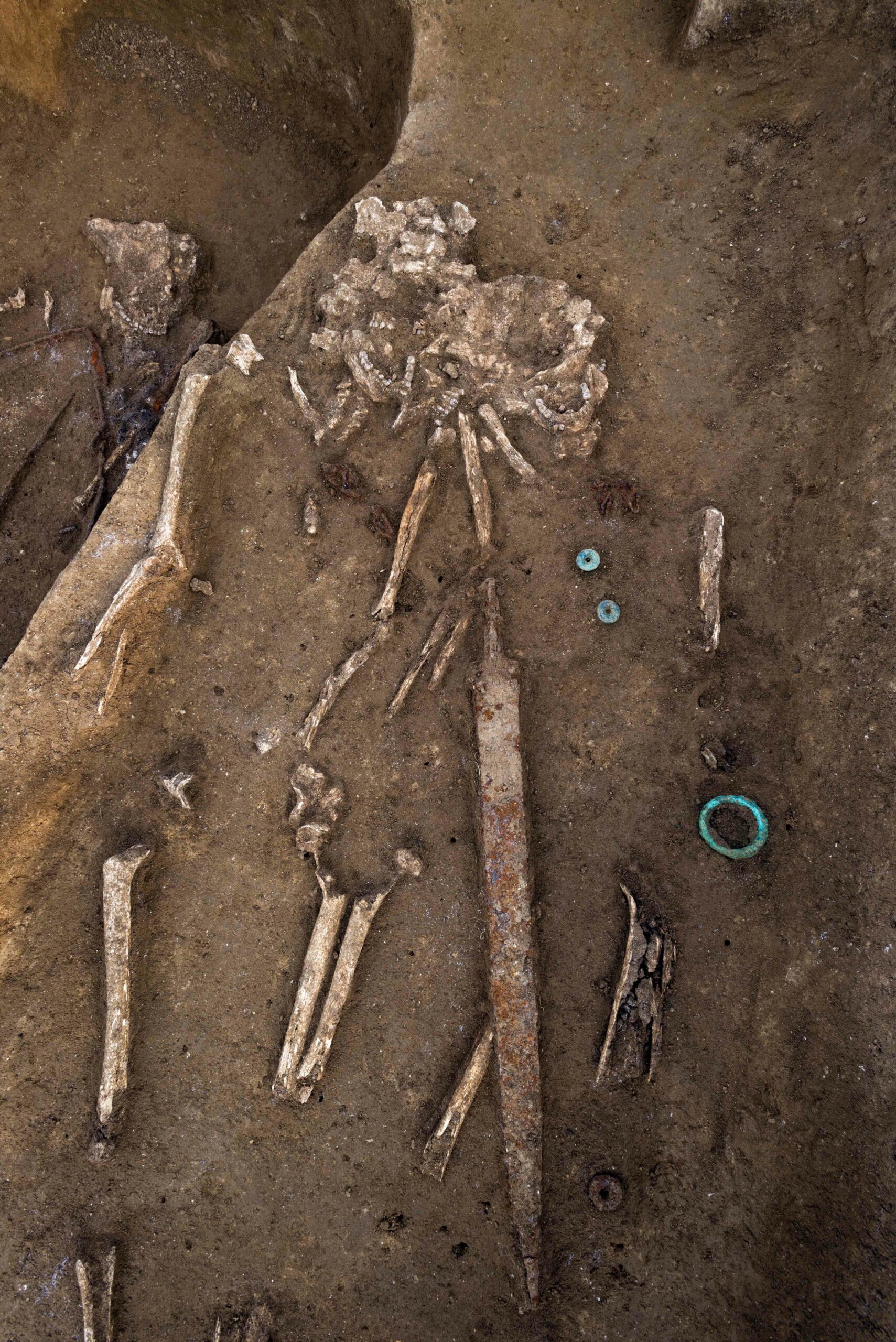 (Copyright Denis Gliksman/Inrap)
(Copyright Denis Gliksman/Inrap) -
Digs & Discoveries
Did the “Father of History” Get It Wrong?
 (Wikimedia Commons)
(Wikimedia Commons) -
Digs & Discoveries
Apollo Returns from the Abyss
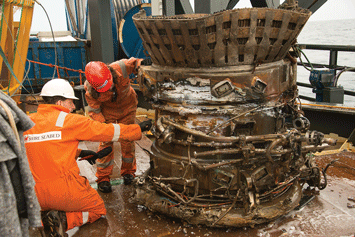 (Courtesy Bezos Expeditions)
(Courtesy Bezos Expeditions) -
Digs & Discoveries
Afterlife of a Dignitary
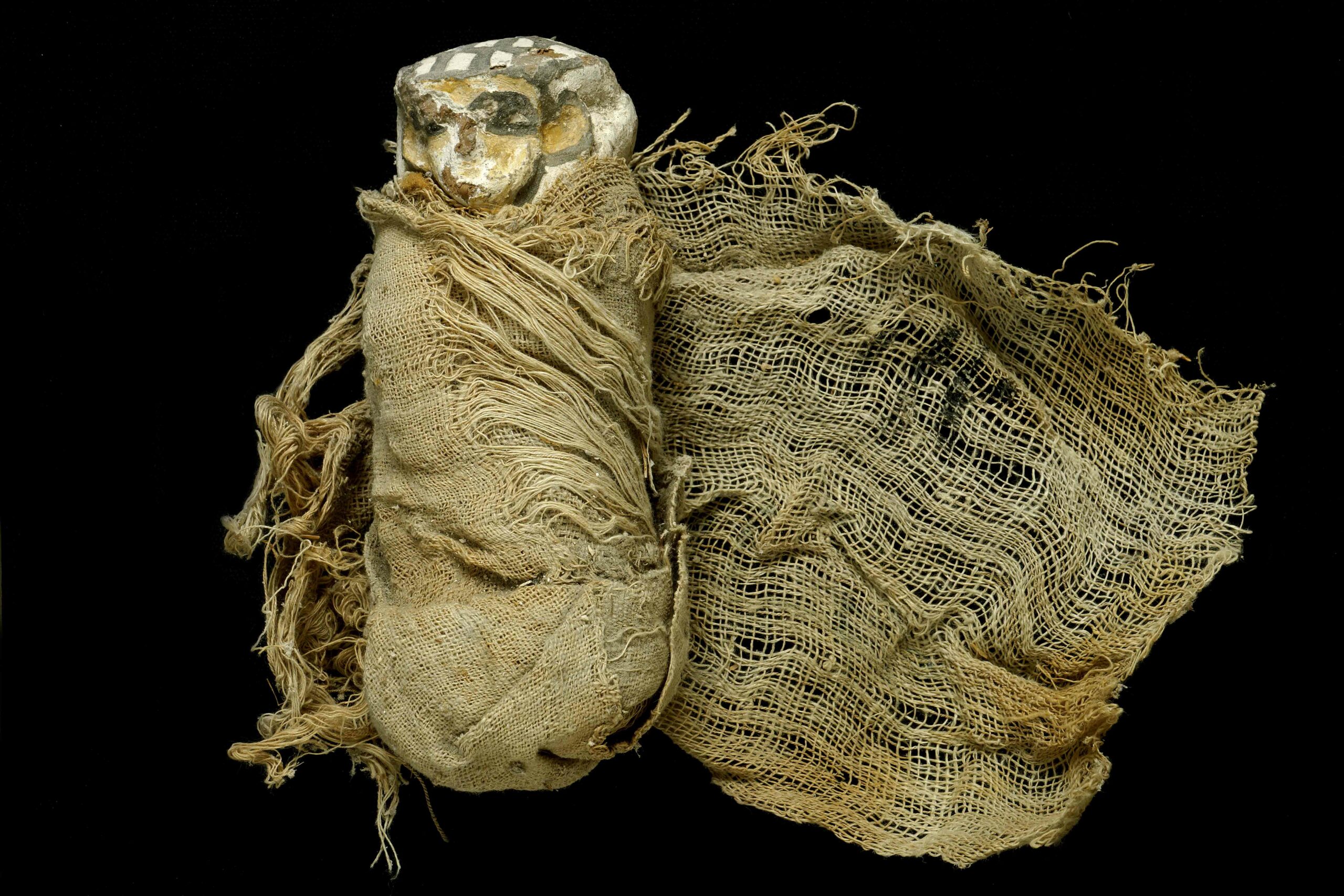 (Courtesy CSIC)
(Courtesy CSIC) -
Digs & Discoveries
Spain's Lead-Lined Lakes
 (Courtesy University of Granada)
(Courtesy University of Granada) -
Digs & Discoveries
In Style in the Stone Age
 (Courtesy Marian Vanhaeren)
(Courtesy Marian Vanhaeren) -
Digs & Discoveries
Portals to the Underworld
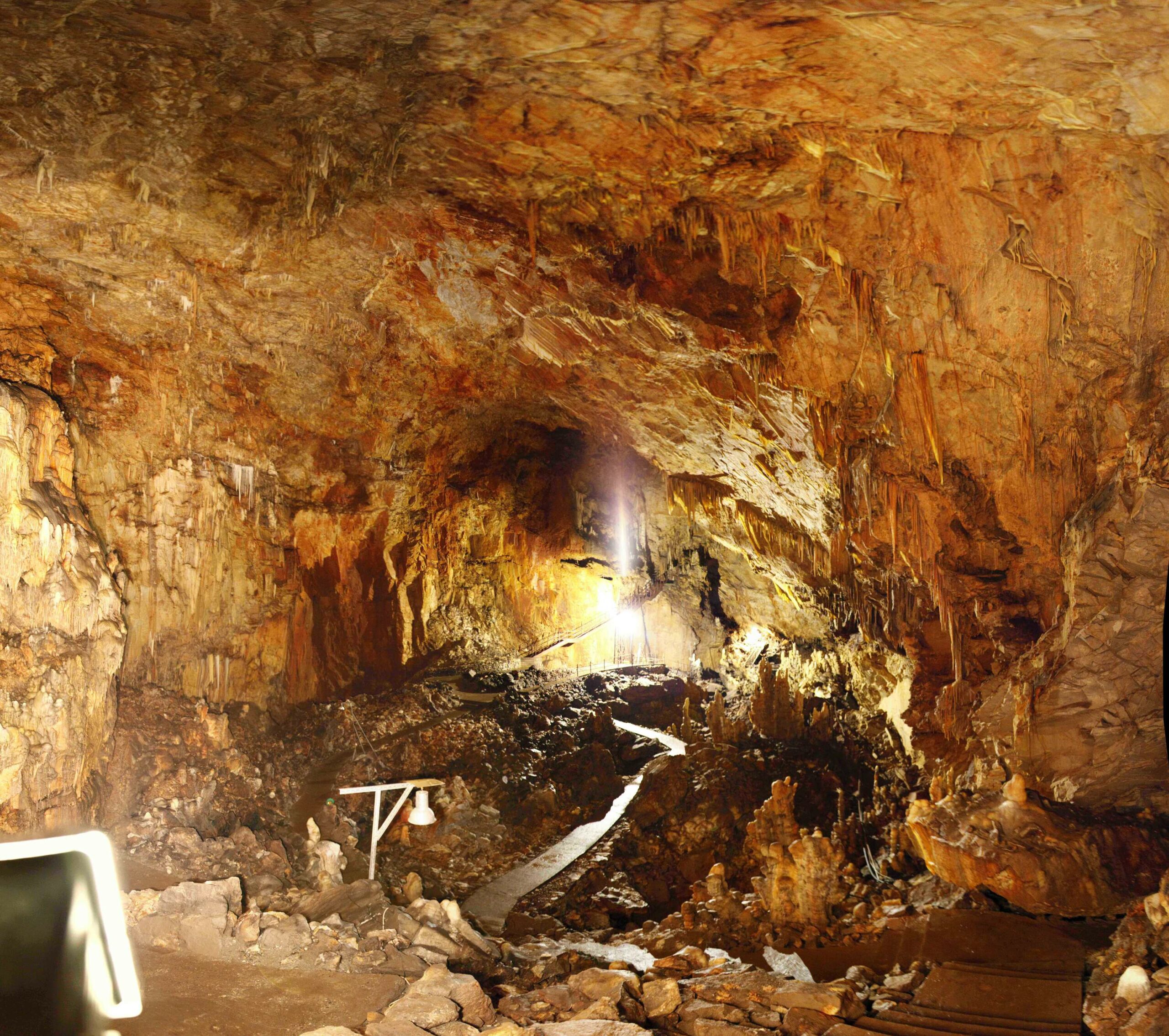 (Courtesy Gianluca Cantoro, Foundation for Research and Technology, Hellas)
(Courtesy Gianluca Cantoro, Foundation for Research and Technology, Hellas) -
Digs & Discoveries
Roman London Underground
 (Copyright MOLA)
(Copyright MOLA) -
Digs & Discoveries
Whale-Barnacle Barbecue
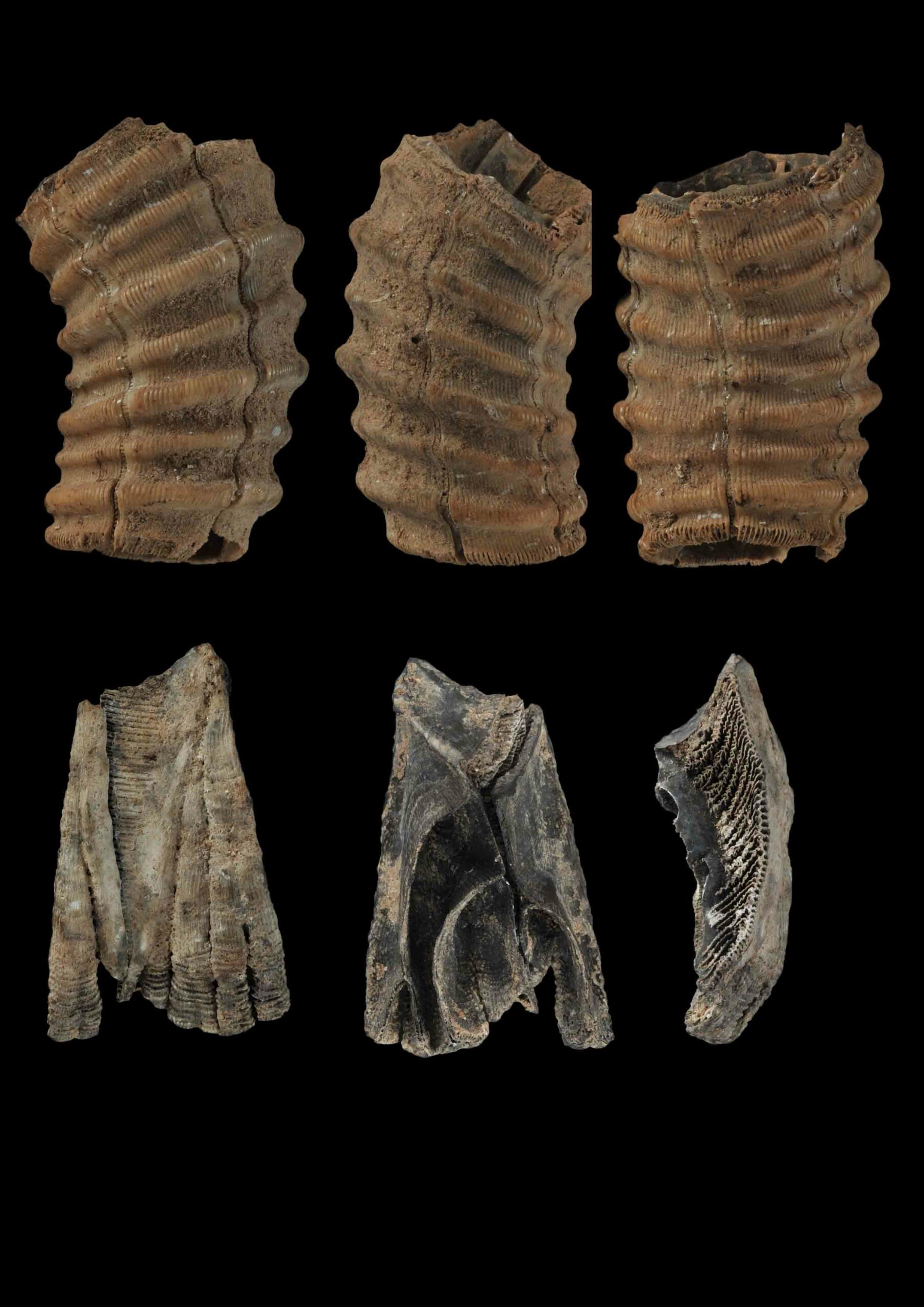 (Courtesy J. Emili Aura Tortosa, University of Valencia)
(Courtesy J. Emili Aura Tortosa, University of Valencia) -
Digs & Discoveries
The Human Mosaic
 (Courtesy Lee R. Berger, University of the Witwatersrand)
(Courtesy Lee R. Berger, University of the Witwatersrand)
Off the Grid
Off the Grid July/August 2013
Rock House Cave, Arkansas

Around the World

JAPAN

JAPAN: An international team of researchers has identified the earliest known direct evidence for the use of pottery in food preparation. Pottery first emerged among hunter-gatherers in Asia up to 20,000 years ago, but little is known about how it was used. The scientists examined the charred residue on 12,000- to 15,000-year-old Jomon ceramic vessels—101 from 13 sites—and found that they were used to process and cook fish or other aquatic foods. It is not clear yet whether this use was common or reserved for ceremonies. —Samir S. Patel
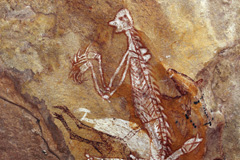
AUSTRALIA

AUSTRALIA: The rock art at Djulirri (“Reading the Rocks,” January/February 2011) is like a library of 15,000 years of Aboriginal history, depicting everything from long-extinct mammals to modern steamships. But there are concerns about its future now that mining companies have discovered uranium nearby (in addition to bauxite deposits previously identified). Experts worry that road dust, visitors to the remote site, and industrial operations could damage known rock art galleries—and completely destroy any number of sites as yet undocumented. —Samir S. Patel

CHINA

CHINA: A skull fragment more than 100,000 years old displays the signs of a rare congenital birth defect called an enlarged parietal foramen. The bones, excavated in northern China in the 1970s, suggest that the individual also had neurological deficiencies. Combined with other rare genetic conditions that have been observed in early human fossils from this period, the researchers theorize that inbreeding, which can result in a greater incidence of such defects, may have been used as a survival strategy for certain isolated small populations. —Samir S. Patel

